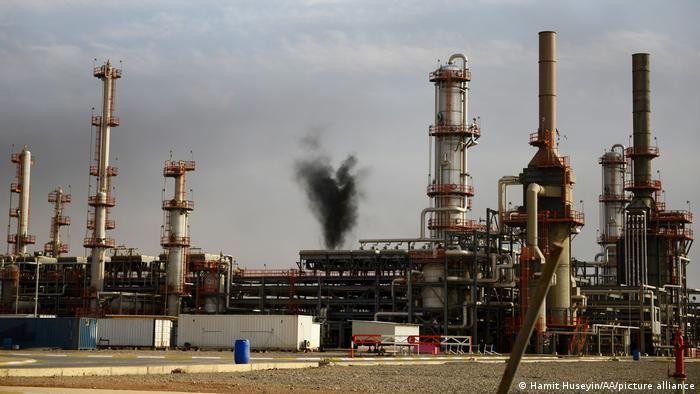Oil prices rose on Wednesday after two straight days of declines as stalled Gaza ceasefire talks renewed uncertainty over the security of supplies from the Middle East, offsetting a larger-than-expected build in U.S. crude inventories.
Brent crude futures were up 25 cents at $89.67 a barrel by 0650 GMT, while U.S. West Texas Intermediate (WTI) crude futures were up 24 cents at $85.47.
Benchmark crude prices fell about 1.7 percent at the end of last week despite geopolitical tensions in the Middle East caused by the possibility of the Israeli war in Gaza lasting longer and dragging more countries into the conflict.
The Islamic Resistance Movement (Hamas) said on Tuesday that the Israeli proposal it received recently for a ceasefire does not meet Palestinian demands, but it will study it and submit the response to mediators.
If the conflict continues, it may involve other countries in the region, especially Iran, the third largest producer in the Organization of the Petroleum Exporting Countries (OPEC).
Meanwhile, U.S. crude inventories rose by 3.03 million barrels last week, according to market sources citing data from the American Petroleum Institute. Analysts had expected a rise of about 2.4 million barrels.
Official US inventory data is due at 1430 GMT.
Separately, the government raised its forecast for U.S. crude oil production by 280,000 barrels per day to 13.21 million barrels per day in 2024, up 20,000 barrels per day from a previous forecast by the U.S. Energy Information Administration.
However, the Energy Information Administration said it expects Brent crude prices to average $88.55 per barrel in 2024, up from a previous forecast of $87 per barrel.







































